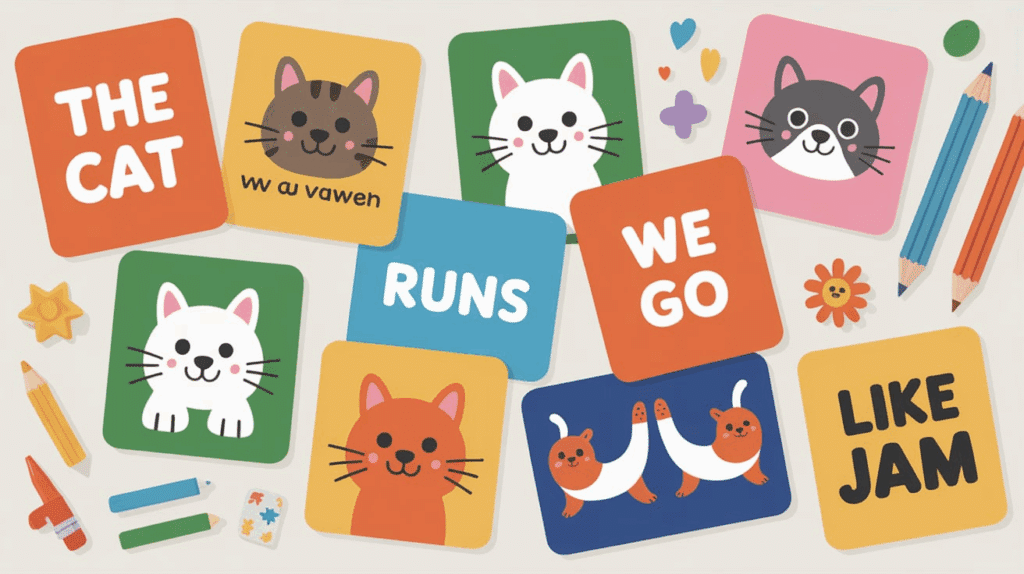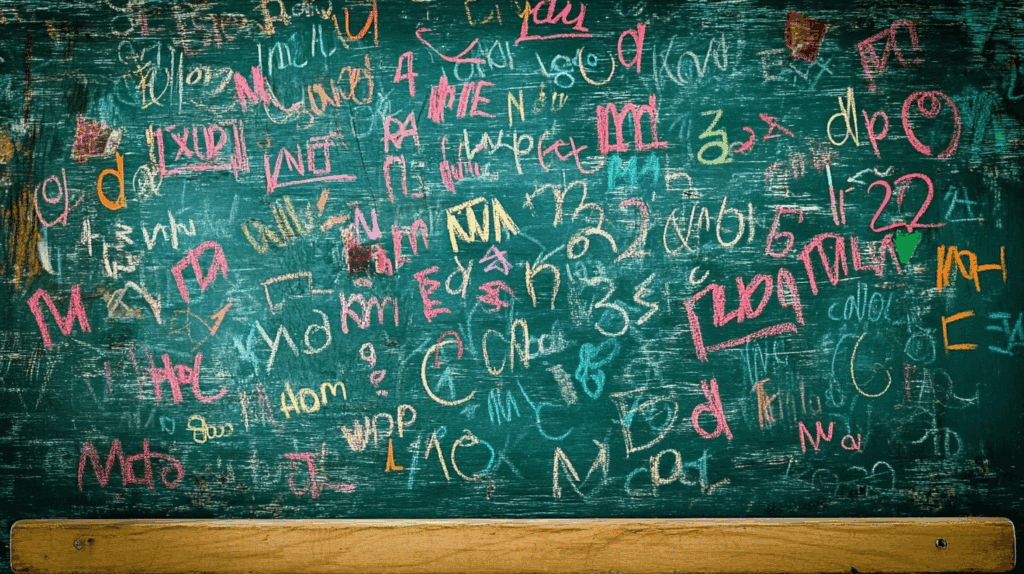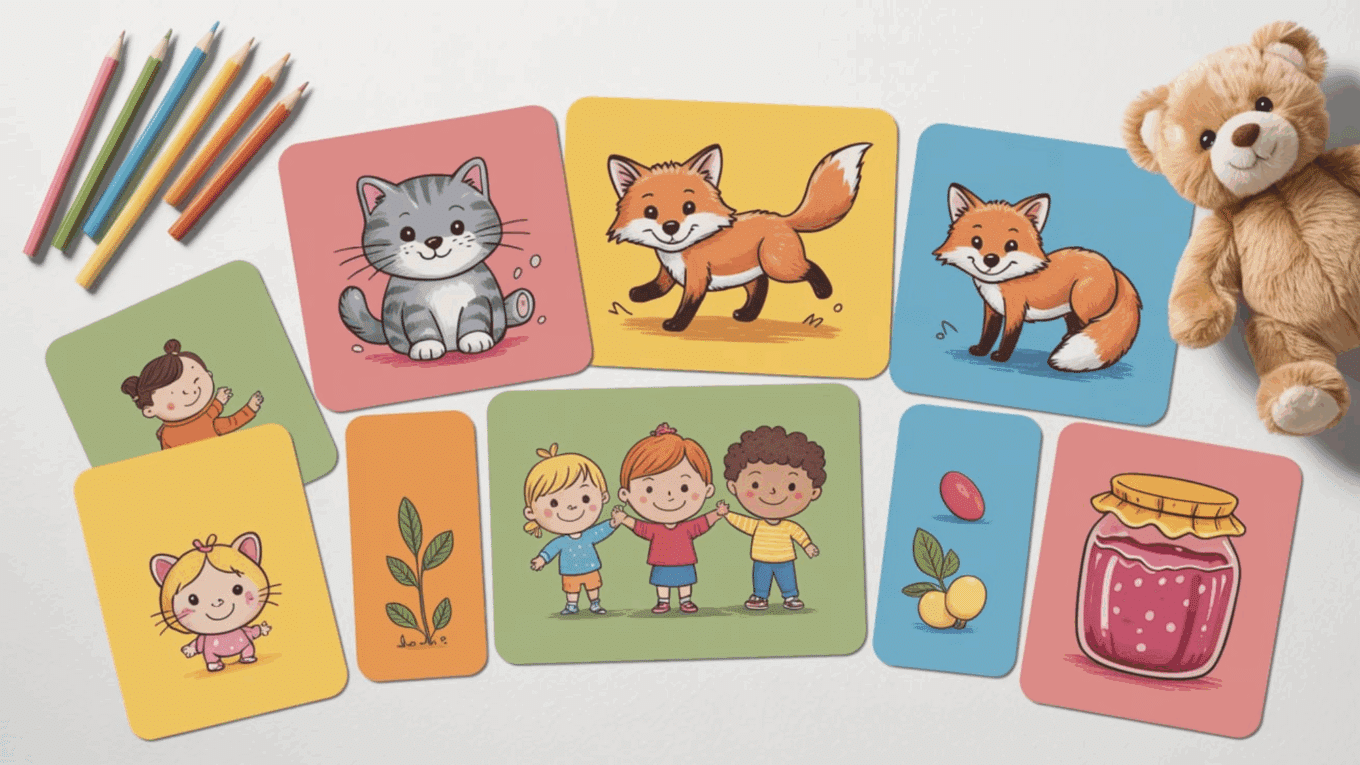Do you see your kindergartner struggle when facing a page of text?
Many children freeze up when looking at too many words, and reading time becomes a battle rather than a joy.
Short sentences can change everything. Using simple, brief sentences gives children a chance to master reading one step at a time. They learn word patterns, practice sight words, and feel like real readers from the start.
Ready to change reading time from tears to cheers? Keep reading to find out how short sentences can help your kindergartner become a confident, happy reader.
Why are Short Sentences for Kindergarten Readers Useful?
Short sentences create a bridge to reading success for young children.
When text comes in small bits, kids can handle the task without feeling lost. Reading becomes less of a mountain to climb and more of a series of small steps.
1. Brain development stage: Five and six-year-olds process information in small chunks
2. Word recognition: Children can focus on each word when there are fewer to track
3. Success rate: Kids complete more sentences when they’re brief
4. Memory load: Short sentences put less strain on working memory
5. Visual tracking: Young eyes can follow a complete thought on one line
Short sentences work as training wheels for new readers. They offer just enough support while letting children feel the thrill of reading on their own.
Categories of Short Sentences for Kindergarten

Different types of short sentences help children build varied reading skills. These categories let parents pick the right sentences for their child’s current learning needs.
Sight Word Sentences
These sentences use common words that kids need to know by heart. They contain words that show up often in books, like “the,” “and,” “see,” and “is.”
- “I see a cat.”
- “The dog is big.”
Children who read these sentences learn to spot these high-use words quickly. Parents can make flashcards with just these words to practice before and after reading full sentences.
Phonics-Based Sentences
These focus on specific letter sounds to help kids connect letters with the sounds they make. Each set works on one main sound pattern.
- “Sam can hop.” (short ‘a’ and ‘o’ sounds)
- “The pig is big.” (short ‘i’ sound)
These sentences help kids sound out new words based on patterns they know. Parents can group these by sound for focused practice.
Daily Life Sentences
These connect reading to things kids do every day. The topics feel familiar, making the reading task less scary.
- “We eat lunch.”
- “I put on my shoes.”
Daily life sentences help kids see how reading relates to their world. Parents can point out these written words during daily tasks.
Nature and Animals Sentences
Children often love animals and the outside world. These sentences tap into this natural interest.
- “The sun is hot.”
- “A duck swims.”
These build both reading skills and basic facts about the world. Parents can use these during walks or zoo trips to connect reading to real life.
Action Sentences
These short, clear commands get kids moving while they read. They mix physical action with reading for active learners.
- “Run to Dad.”
- “Hop on one foot.”
Action sentences turn reading into a fun game. Children read the sentence and then do what it says, making reading an active, full-body task.
Tips to Use Short Sentences for Kindergarten Effectively
Short sentences build reading skills one step at a time. These methods help make simple text powerful for young readers.
- Choose topics that interest the child
- Focus on common, everyday words
- Create a quiet reading space
- Let children illustrate what they read
- Make sentence puzzles from cut-up words
- Set small, achievable reading challenges
Common Mistakes to Avoid When Teaching Reading

Parents often unintentionally create barriers to reading success. These common errors can make learning to read feel harder than it needs to be for children.
Understanding these mistakes helps create better reading experiences.
- Start with 3-5 word sentences that children can master before moving to longer text.
- Add just one word at a time as confidence grows, avoiding overwhelming material.
- Have kids read each sentence at least five times to build strong word recognition and memory.
- Wait at least five seconds before jumping in to help with difficult words, giving children time to problem-solve.
- Keep reading sessions short and positive, ending before frustration sets in.
- Let children progress at their natural pace without rushing, as forced advancement often backfires and reduces enjoyment.
Additional Ways to Reinforce Reading Confidence
Beyond short sentences, parents can use several methods to help young readers grow.
These tools and habits build on basic skills and help children develop a positive attitude towards reading.
Use Flashcards and Sentence Strips
Make simple word cards featuring common sight words that children encounter frequently. Prepare sentence strips that can be cut into separate words.
Allow children to practice rebuilding complete sentences by arranging these word cards in the correct order.
Try Interactive Reading Tools
Search for educational apps that focus on phonics instruction and sight word practice.
Find programs that read stories aloud while children follow along with the text. Select digital tools that match your child’s current reading abilities and skill level.
Create Daily Reading Routines
Dedicate 15 minutes each day specifically for reading practice with your child. Set up a comfortable reading area with proper lighting and soft seating.
Keep a collection of age-appropriate books within easy reach for convenient daily practice sessions.
Conclusion
Short sentences make a huge difference in how children feel about reading.
By breaking text into small, manageable chunks, you help your child build confidence one word at a time.
Start today by trying one of the methods we’ve shared. Make flashcards, play a sentence-building game, or set up a cozy reading corner.
Just 15 minutes of daily practice with short sentences will show results within weeks.
What matters most is maintaining a joyful experience. When children associate reading with positive emotions, they’re more likely to pick up books on their own.




